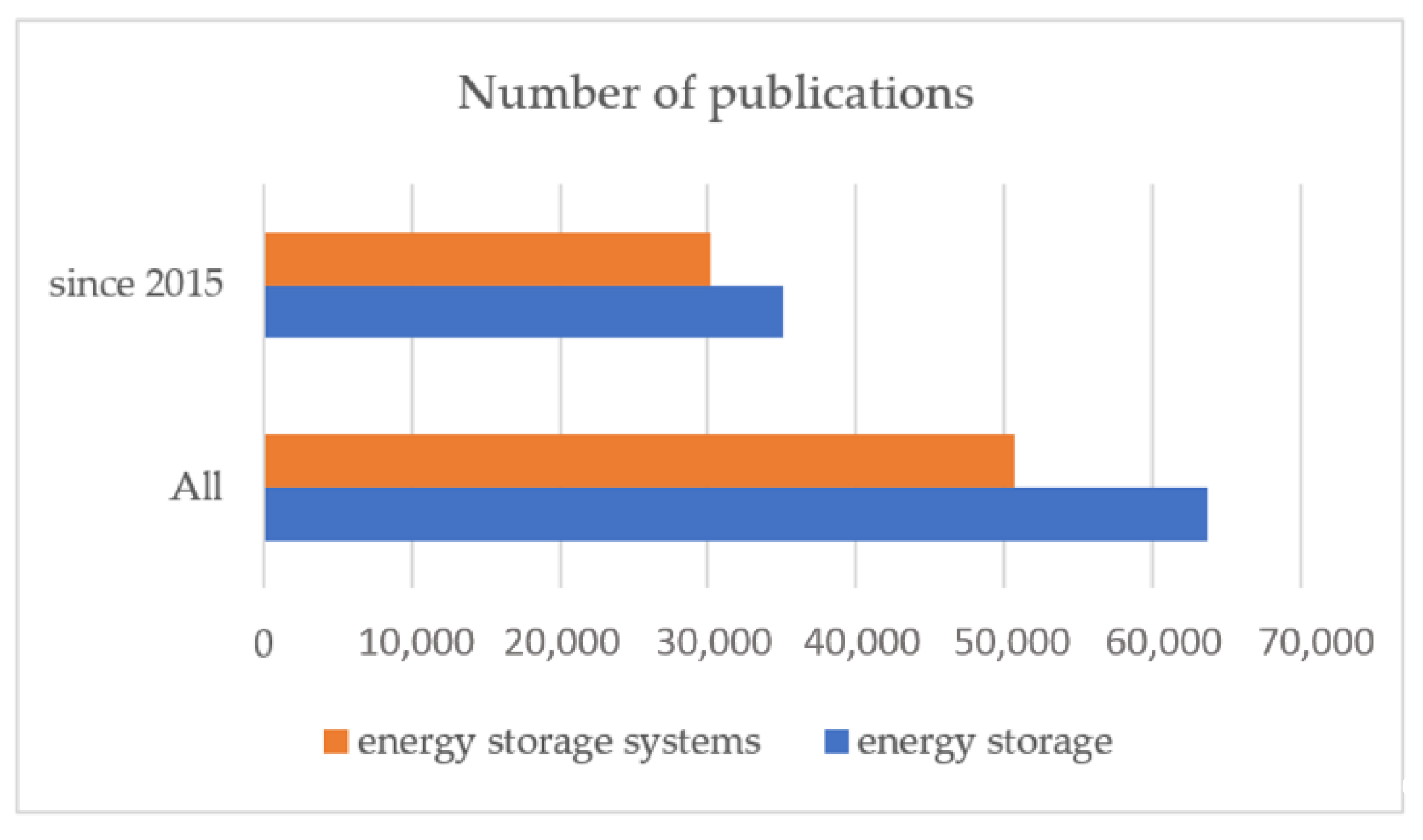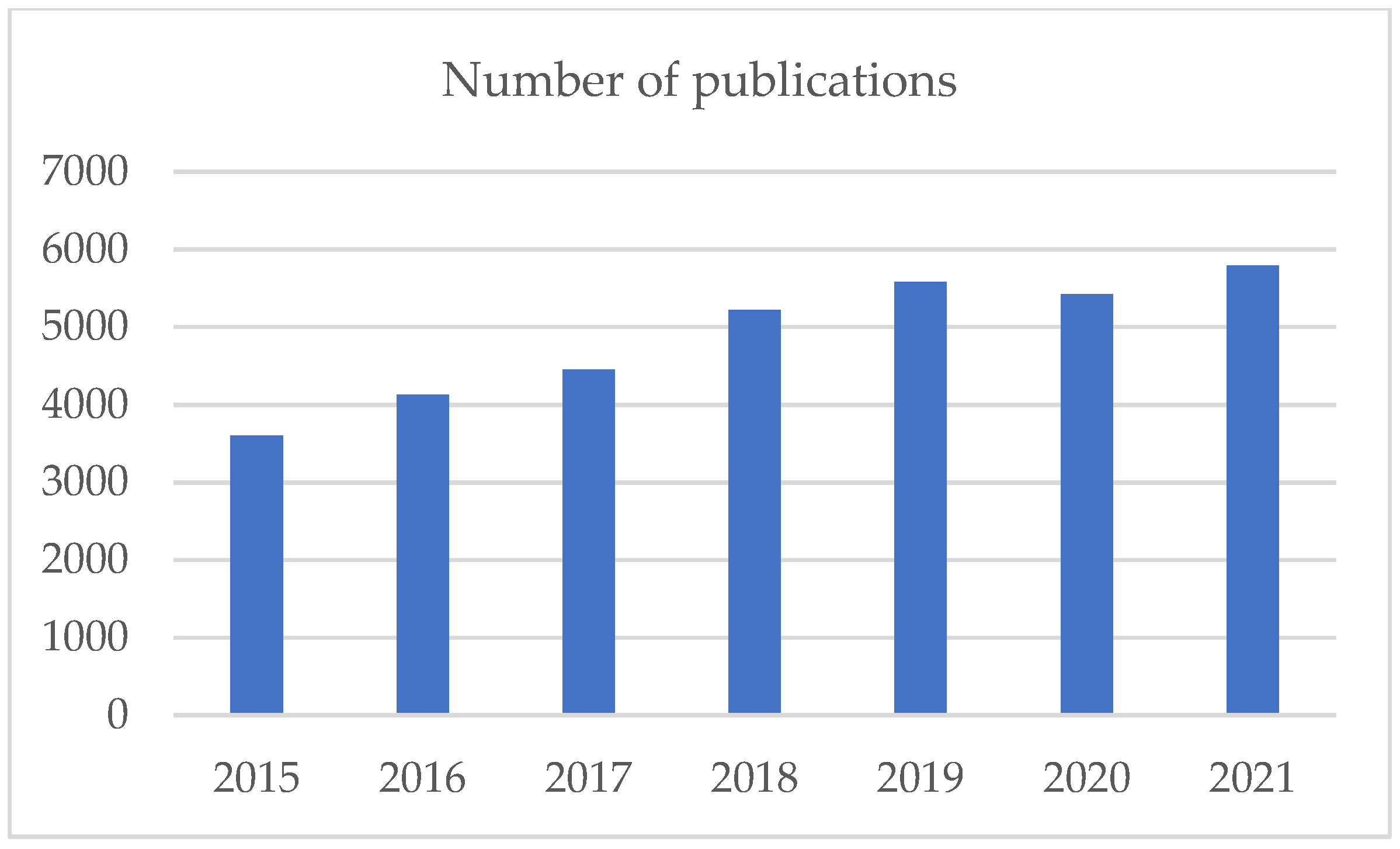Advances in Electrochemical Energy Storage Systems
- Electrochemical materials for energy storage batteries;
- Technologies of the intelligent battery management system (BMS);
- Power conversion systems for electrochemical energy storage systems;
- Energy management of electrochemical energy storage systems;
- Optimized design and control of electrical components for energy storage systems;
- Thermal management of electrochemical energy storage systems;
- Optimized control of power electronics and power drives;
- Vehicle-to-grid and energy storage systems-to-grid;
- Technologies of electric vehicles and unmanned vehicles.
Author Contributions
Funding
Institutional Review Board Statement
Informed Consent Statement
Data Availability Statement
Acknowledgments
Conflicts of Interest
References
- Department of Electronic Information. Ministry of Industry and Information Technology of the People’s Republic of China. In Operation of Lithium-Ion Battery Industry in 2021; Department of Electronic Information: Beijing, China, 2022. [Google Scholar]
- Zau, A.T.P.; Lencwe, M.J.; Chowdhury, S.P.D.; Olwal, T.O. A Battery Management Strategy in a Lead-Acid and Lithium-Ion Hybrid Battery Energy Storage System for Conventional Transport Vehicles. Energies 2022, 15, 2577. [Google Scholar] [CrossRef]
- Zhang, Q.; Li, Y.; Shang, Y.; Duan, B.; Cui, N.; Zhang, C. A Fractional-Order Kinetic Battery Model of Lithium-Ion Batteries Considering a Nonlinear Capacity. Electronics 2019, 8, 394. [Google Scholar] [CrossRef] [Green Version]
- Shang, Y.; Zhang, Q.; Cui, N.; Zhang, C. A Cell-to-Cell Equalizer Based on Three-Resonant-State Switched-Capacitor Converters for Series-Connected Battery Strings. Energies 2017, 10, 206. [Google Scholar] [CrossRef]
- Wang, J.; Li, D.; Lv, X.; Meng, X.; Zhang, J.; Ma, T.; Pei, W.; Xiao, H. Two-Stage Energy Management Strategies of Sustainable Wind-PV-Hydrogen-Storage Microgrid Based on Receding Horizon Optimization. Energies 2022, 15, 2861. [Google Scholar] [CrossRef]
- Ouramdane, O.; Elbouchikhi, E.; Amirat, Y.; Le Gall, F.; Sedgh Gooya, E. Home Energy Management Considering Renewable Resources, Energy Storage, and an Electric Vehicle as a Backup. Energies 2022, 15, 2830. [Google Scholar] [CrossRef]
- Zhang, Q.; Fu, X. A Neural Network Fuzzy Energy Management Strategy for Hybrid Electric Vehicles Based on Driving Cycle Recognition. Appl. Sci. 2020, 10, 696. [Google Scholar] [CrossRef] [Green Version]
- Huajing Industry Research Institute. 2022–2027 China Portable Energy Storage Industry Development Monitoring and Investment Strategic Planning Research Report; Huajing Industry Research Institute: Wuxi, China, 2022. [Google Scholar]
- Zhu, C.; Zhang, J.; Wang, Y.; Deng, Z.; Shi, P.; Wu, J.; Wu, Z. Study on Thermal Performance of Single-Tank Thermal Energy Storage System with Thermocline in Solar Thermal Utilization. Appl. Sci. 2022, 12, 3908. [Google Scholar] [CrossRef]
- Tavares Nascimento, V.; Martinez-Bolaños, J.R.; Morales Udaeta, M.E.; Veiga Gimenes, A.L.; Riboldi, V.B.; Ji, T. Energy Storage System Design in the Light of Multisource Solution from a Viability Analysis. Designs 2022, 6, 38. [Google Scholar] [CrossRef]
- Xiao, G.; Chen, Q.; Xiao, P.; Zhang, L.; Rong, Q. Multiobjective Optimization for a Li-Ion Battery and Supercapacitor Hybrid Energy Storage Electric Vehicle. Energies 2022, 15, 2821. [Google Scholar] [CrossRef]
- Lee, W.; Chae, M.; Won, D. Optimal Scheduling of Energy Storage System Considering Life-Cycle Degradation Cost Using Reinforcement Learning. Energies 2022, 15, 2795. [Google Scholar] [CrossRef]
- Fu, X.; Zhang, Q.; Tang, J.; Wang, C. Parameter Matching Optimization of a Powertrain System of Hybrid Electric Vehicles Based on Multi-Objective Optimization. Electronics 2019, 8, 875. [Google Scholar] [CrossRef] [Green Version]
- Pei, W.; Zhang, Q.; Li, Y. Efficiency Optimization Strategy of Permanent Magnet Synchronous Motor for Electric Vehicles Based on Energy Balance. Symmetry 2022, 14, 164. [Google Scholar] [CrossRef]
- Uwineza, L.; Kim, H.-G.; Kleissl, J.; Kim, C.K. Technical Control and Optimal Dispatch Strategy for a Hybrid Energy System. Energies 2022, 15, 2744. [Google Scholar] [CrossRef]


| Standard Number | Standard Name | Release Time | Implementation Time |
|---|---|---|---|
| GB/T 36547-2018 | Technical rule for electrochemical energy storage system connected to power grid | 13 July 2018 | 1 February 2019 |
| GB/T 36545-2018 | Technical requirements for mobile electrochemical energy storage system | 13 July 2018 | 1 February 2019 |
| GB/T 36548-2018 | Test specification for electrochemical energy storage system connected to power grid | 13 July 2018 | 1 February 2019 |
| GB/T 36558-2018 | General technical requirements for electrochemical energy storage system in power system | 13 July 2018 | 1 February 2019 |
| GB/T 34120-2017 | Technical specification for power conversion system of electrochemical energy storage system | 31 July 2017 | 1 February 2018 |
Publisher’s Note: MDPI stays neutral with regard to jurisdictional claims in published maps and institutional affiliations. |
© 2022 by the authors. Licensee MDPI, Basel, Switzerland. This article is an open access article distributed under the terms and conditions of the Creative Commons Attribution (CC BY) license (https://creativecommons.org/licenses/by/4.0/).
Share and Cite
Zhang, Q.; Pei, W.; Liu, X. Advances in Electrochemical Energy Storage Systems. Electrochem 2022, 3, 225-228. https://doi.org/10.3390/electrochem3020014
Zhang Q, Pei W, Liu X. Advances in Electrochemical Energy Storage Systems. Electrochem. 2022; 3(2):225-228. https://doi.org/10.3390/electrochem3020014
Chicago/Turabian StyleZhang, Qi, Wenhui Pei, and Xudong Liu. 2022. "Advances in Electrochemical Energy Storage Systems" Electrochem 3, no. 2: 225-228. https://doi.org/10.3390/electrochem3020014
APA StyleZhang, Q., Pei, W., & Liu, X. (2022). Advances in Electrochemical Energy Storage Systems. Electrochem, 3(2), 225-228. https://doi.org/10.3390/electrochem3020014







